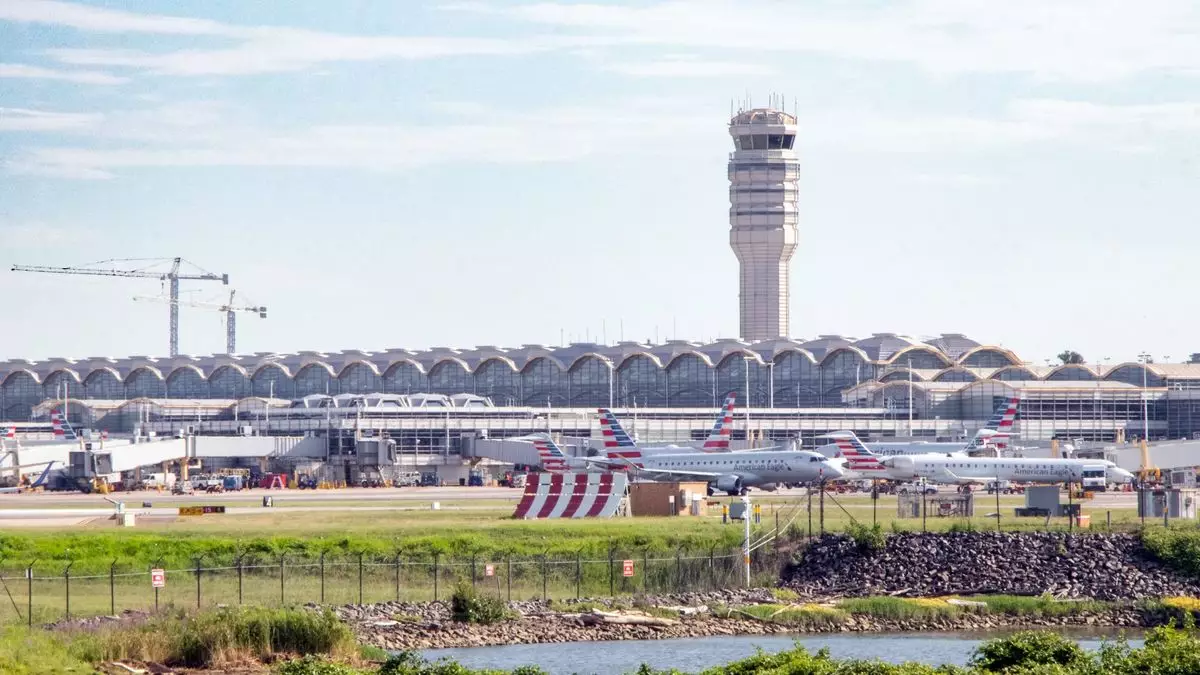The U.S. Department of Transportation (DOT) has made a significant move by finalizing the allocation of five additional routes for airlines at Washington Reagan National Airport (DCA), extending the travel options available to passengers. These new routes will allow flights to destinations that are exempt from the airport’s established 1,250-mile perimeter rule. This decision, effective as of December 17, adds to the existing 20 daily roundtrips that already bypass this limitation, enabling airlines to enhance their services from a critical hub in the capital.
The list of successful bidders remains consistent with the DOT’s previous proposal from October. Alaska Airlines will begin services to San Diego, while American Airlines has plans for San Antonio. Delta Air Lines is set to connect passengers to Seattle, Southwest Airlines to Las Vegas, and United Airlines to San Francisco. Each airline is required to activate these newly acquired routes within 90 days of the announcement, promoting swift integration of these services into their schedules. This rapid implementation underscores the competitive nature of the aviation market, where speed can significantly influence passenger choice.
Despite a competitive application process, three airlines—JetBlue, Spirit, and Frontier—were left empty-handed after vying for the coveted slot pairs. The DOT ruled that Spirit and Frontier were ineligible based on the stipulations of the perimeter rule, which privileges airlines that already operate flights within the 1,250-mile boundary. Consequently, both were unable to qualify as incumbent operators at DCA. Meanwhile, JetBlue’s application was deemed the least compelling among eligible candidates, largely due to its existing monopoly on the Washington Reagan to San Juan route. This outcome highlights the stringent nature of these regulations, which can severely limit expansion opportunities for certain carriers.
The results elicited objections from the airlines that were not awarded routes. JetBlue specifically argued that the decision concentrated market power among the largest airlines, potentially stifling competition. However, the DOT defended its decision, suggesting that JetBlue’s substantial share of passengers on the DCA-San Juan route outweighed concerns over competitive balance in this instance. This stance illustrates the complexities of regulatory decision-making, where the agency must balance the competitive landscape with regulatory rules and long-term market viability.
The addition of these five slot pairs stems from the FAA reauthorization bill passed in May, reflecting a broader trend towards accommodating growth in air travel demand. While the 1,250-mile limit includes major connecting cities, it intentionally avoids certain regions, shaping the competitive dynamics at Reagan National Airport. The ruling not only affects the airlines involved but also has broader implications for travelers seeking more diverse routing options to various destinations across the country. While some airlines might have lost the opportunity for expansion, the outcome ultimately signals ongoing changes in U.S. air travel policy and competition in a rapidly evolving marketplace.


Leave a Reply